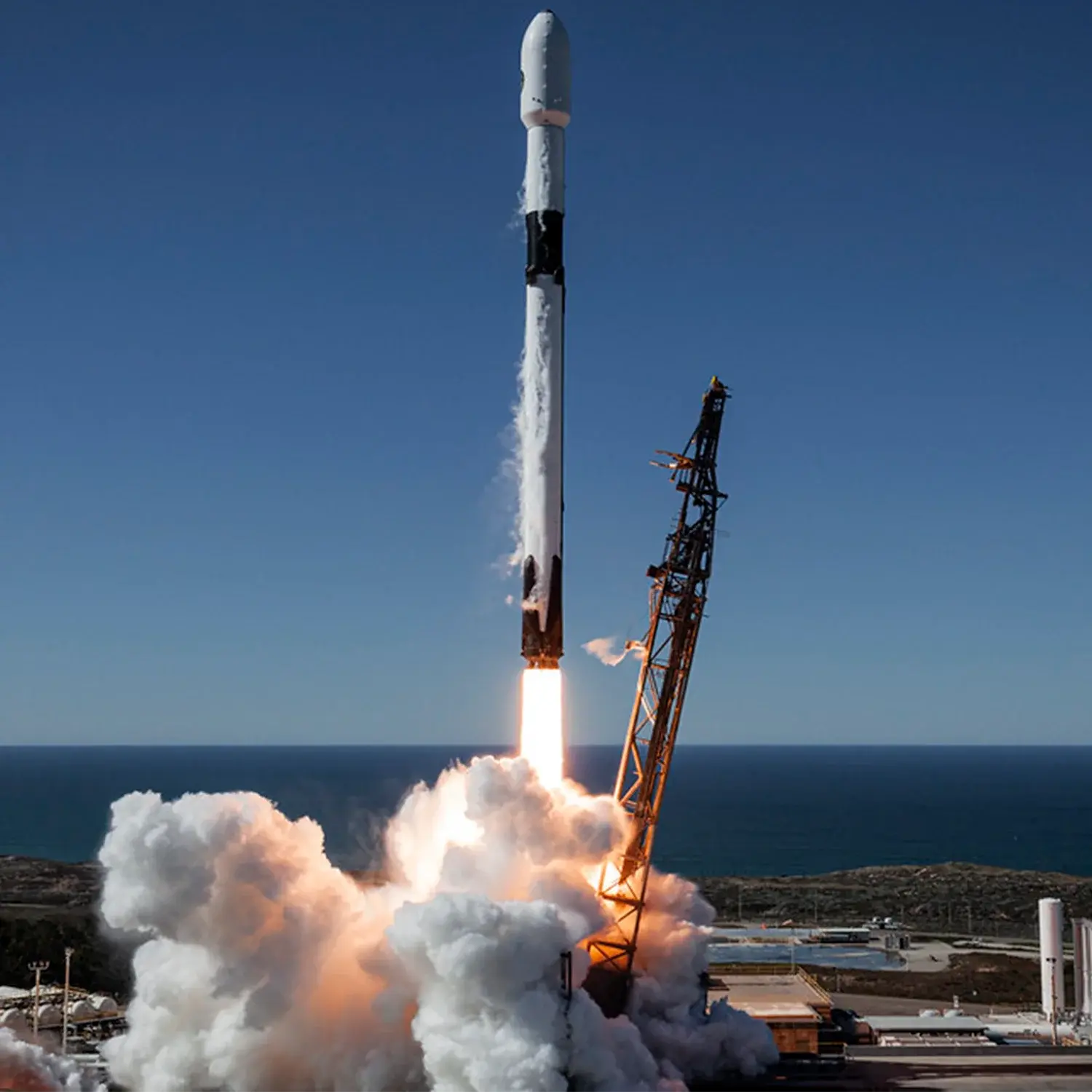IMAP & Others
Launch Success
Liftoff Time (GMT)
11:30:50
Wednesday September 24, 2025
Watch Replay
NASASpaceflight.com
Mission Details
Read Article
Track Payloads
IMAP
Interstellar Mapping and Acceleration Probe (IMAP) will help researchers better understand the boundary of the heliosphere, a magnetic barrier surrounding our solar system. This region is where the constant flow of particles from our Sun, called the solar wind, collides with winds from other stars. This collision limits the amount of harmful cosmic radiation entering the heliosphere. IMAP will collect and map neutral particles that make it through, as well as investigate the fundamental processes of how particles are accelerated in space, from its vantage point orbiting the Sun at the Lagrange 1 point directly between the Sun and Earth.
Manufacturer: Applied Physics Laboratory
Operator: NASA
Sun–Earth L1
1 Payload
900 kilograms
SWFO-L1
Space Weather Follow On-Lagrange 1 (SWFO-L1) is a spacecraft mission planned to monitor signs of solar storms, which may pose harm to Earth's telecommunication network. The spacecraft will be operated by the National Oceanic and Atmospheric Administration (NOAA). It is planned to be placed at the Sun–Earth L1 Lagrange point, a location between the Earth and the Sun. This will allow SWFO-L1 to continuously watch the solar wind and energetic particles heading for Earth.
Manufacturer: BAE Systems
Operator: NOAA
Sun–Earth L1
1 Payload
377 kilograms
Carruthers Geocorona Observatory
(GLIDE)
The Carruthers Geocorona Observatory, also known as GLIDE (Global Lyman-alpha Imagers of the Dynamic Exosphere), is a mission by NASA led by Electrical and Computer Engineering at the University of Illinois to make unprecedented measurements of the far ultraviolet light emitted by hydrogen atoms in the Earth’s outermost atmospheric layer, known as the exosphere, which extends almost halfway to the moon. This bright emission serves as a tracer of exospheric density and spatial structure, knowledge of which is needed to advance understanding of upper atmospheric physics, particularly regarding Earth’s recovery from solar-driven disturbances known as space weather.
Manufacturer: BAE Systems
Operator: NASA
Sun–Earth L1
1 Payload
240 kilograms
Rocket


Agency
SpaceXPrice
$69.75 million
Rocket
Diameter: 3.7m
Height: 70m
Payload to Orbit
LEO: 22,800 kg
GTO: 8,300 kg
Liftoff Thrust
7,607 Kilonewtons
Fairing
Diameter: 5.2m
Height: 13m
Stages
2
Launch Site

NE
SE
Launching
East
Stats
Falcon 9
539th
Mission
121st
Mission of 2025
SpaceX
565th
Mission
125th
Mission of 2025
2025
220th
Orbital launch attempt
